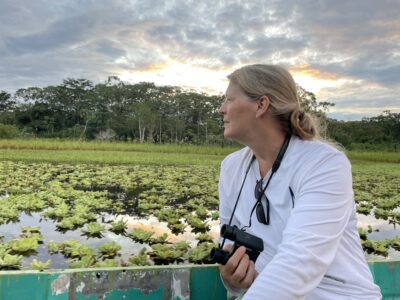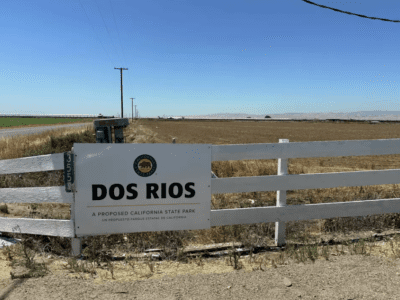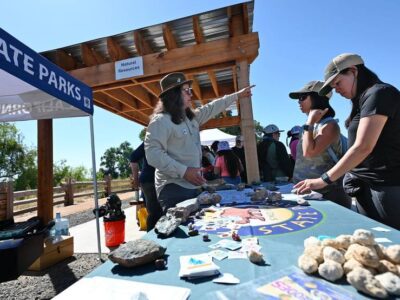Dogbane, sedge, and willow are longtime California residents that have evolved with native tribes over thousands of years. But both literal and figurative fences have gone up around them over the last century, severing longstanding cultural bonds Native Californians have with the land. River Partners is helping reconnect the two and, in the process, preserve an ancient way of life.
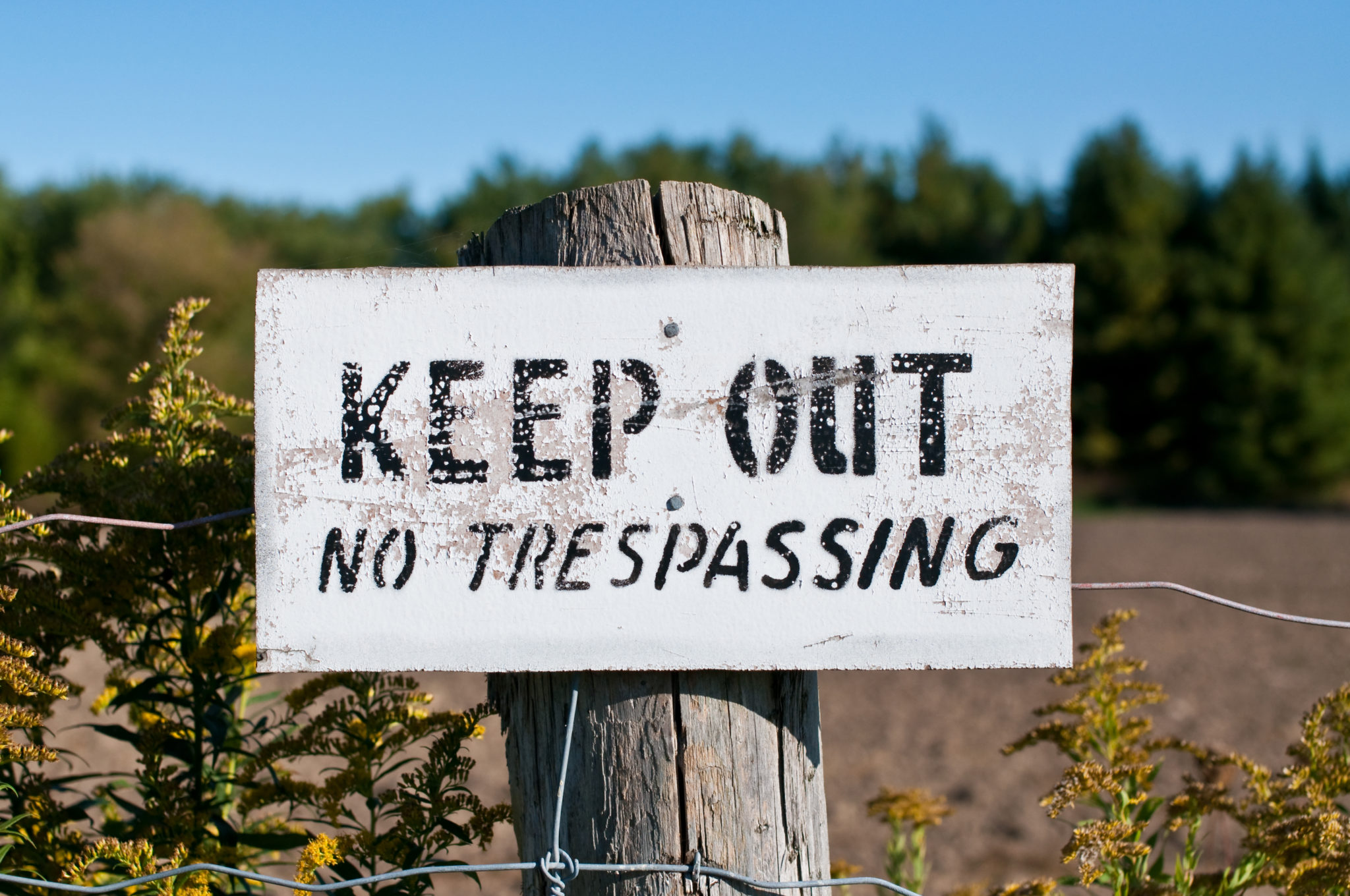
Vanishing Resources
The Miwok people – Northern California’s original inhabitants – make baskets, rope, and tools out of dogbane, sedge, willow, and other native plants. Basket-making in particular is a deeply significant part of Miwok culture and identity, but it has become much more difficult for California’s four distinct Miwok tribes to continue these traditions.
“In the old days, you would have a patch of soaproot or a patch of sedge that was your family’s,” says Miwok artisan Austin Stevenot. “It was tended to every year just like a garden.”
Today, many of the materials required for basket-making are much less abundant than they once were. “For making cordage, the Miwok traditionally used dogbane and milkweed,” says Stevenot. “Dogbane and milkweed were sprayed or poisoned out because they were toxic to cattle.” Other materials are inaccessible because they grow on private property or on public lands, where they are illegal to harvest. That’s a problem for the Miwok, who need a steady supply of materials if they are going to preserve their traditions.
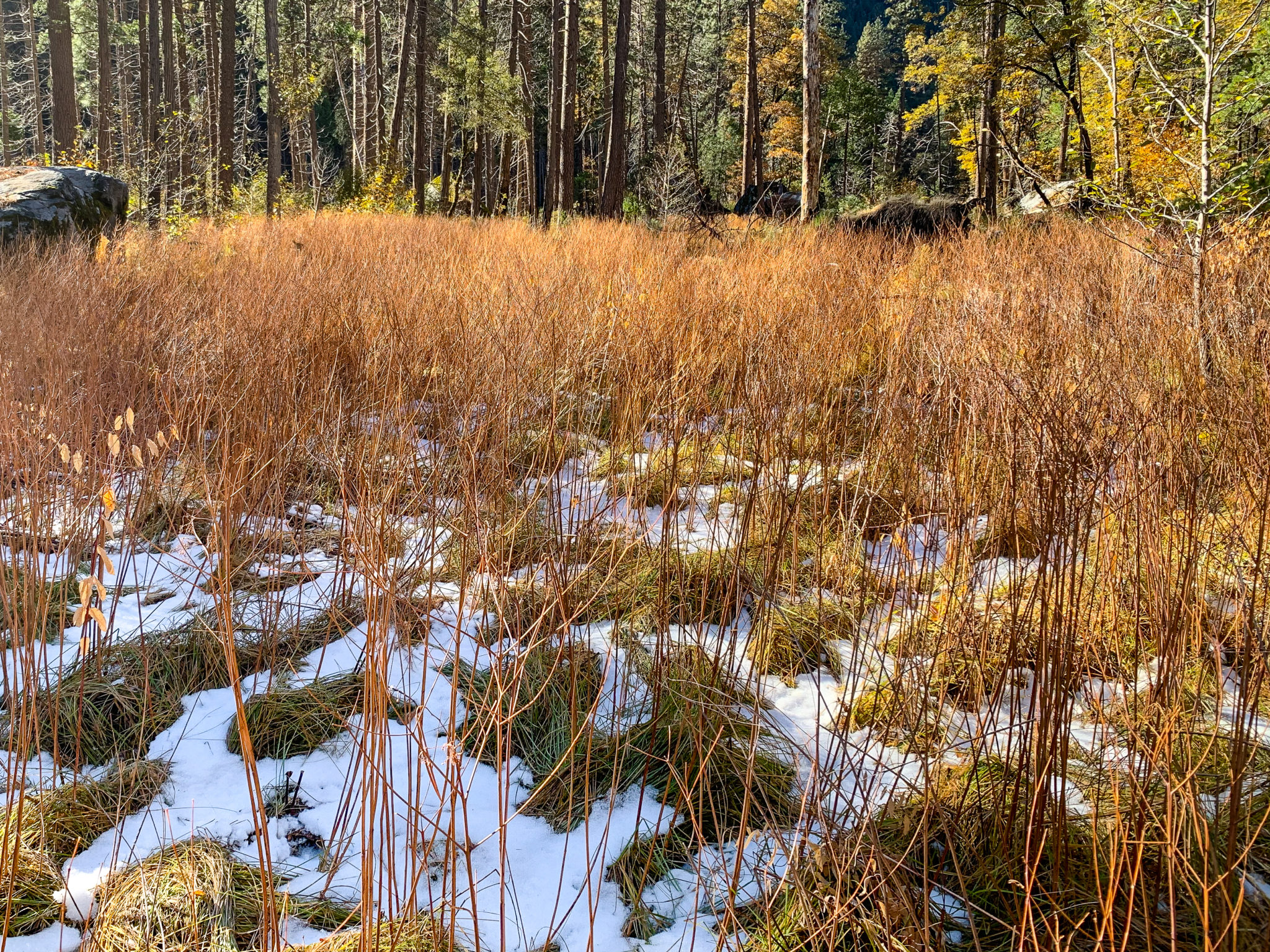
More than Just an Art Form
Stevenot’s mother and founding member of the California Indian Basketweavers Association or CIBA, Kimberly Stevenot, recalls some of the obstacles the modern Miwok encounter attempting to access basket-making materials like sedge and willow.
“Today we travel great distances from our traditional gathering areas to gather our materials, and sometimes for our traditional foods,” she says. Even when the materials can be found, she explains, it can be a long and difficult process just to obtain permission to gather them.
The Miwok aren’t alone; across California, artisans from other tribes face similar challenges. “NRCS California has been aware of the obstacles for Tribal traditional gathers to have safe access to suitable plant materials for some time,” says Natural Resources Conservation Service (NRCS) Tribal Liaison Pedro Torres. “We have sought to find creative solutions to this, including assisting with traditional gathering-area restoration on tribal lands through our Environmental Quality Incentives Program.”
Basket-weaving traditions are both culturally and historically important to the Miwok and other native tribes in the United States. “Speaking for myself and my family, traditional basket-weaving is an important part of keeping our cultural traditions alive,” says Kimberly. “Baskets are a part of our lifestyle from birth and through life. They were used from holding babies, for cooking and storage of foods, and made and used as gifts. After the gold rush, baskets were used as a currency to buy staples in the changing times, as it was difficult for Natives to go out and gather foods and materials traditionally and safely. Today it is a visual means of showing our traditional cultural arts and lifestyle, and still a part of who we are.”
“These are arts we’re trying to keep alive,” says Austin. “They’re dying. We just want to keep them alive, to be able to pass them on. And most of that’s just having access to the materials.”
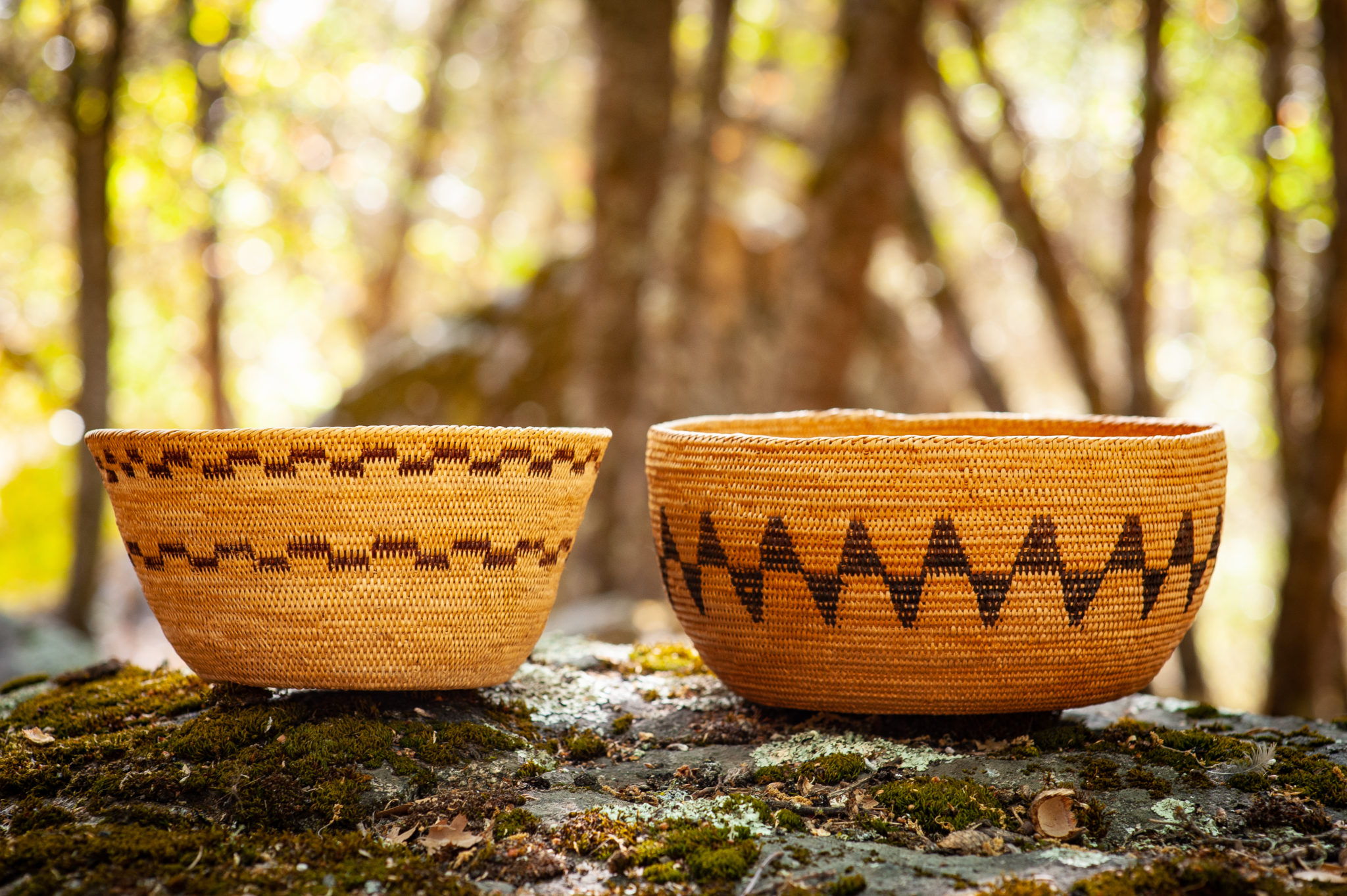
Restored River Landscapes Support Old Traditions
The statewide riverside restoration projects River Partners has led for more than two decades serve many purposes, from creating habitat for endangered species to providing flood protection and recreational opportunities for communities. Our efforts can also provide the Miwok – and one day, we hope, other indigenous groups – with ready access to the materials needed for traditional rope- and basket-making. Many of those materials grow naturally in riverside areas.
CIBA has been working to preserve California Indian basket-weaving traditions since the early ’90s. The group is dedicated to promoting the study of traditional basketry, providing access to traditional basket-making materials, and creating a supportive environment for its members.
In 2020, Kimberly and Austin Stevenot and other CIBA members toured River Partners’ Dos Rios Ranch Preserve located at the confluence of the Tuolumne and San Joaquin rivers west of Modesto. Dos Rios Ranch provides native wildlife with access to 1,600 acres of restored riverside habitat. It also supports hard-to-find communities of Santa Barbara sedge and dogbane, which are used in basket-making and rope-making, respectively. Willow, another important basket-making plant, grows in abundance at Dos Rios Ranch.
“When Dos Rios opened up, I cannot tell you of the relief and excitement that there was a gathering site close by, that we would not have to go through government bureaucracy to access,” says Kimberly. “During my tour, I saw other materials and foods that can be gathered by many California Natives living here in the Central Valley.”
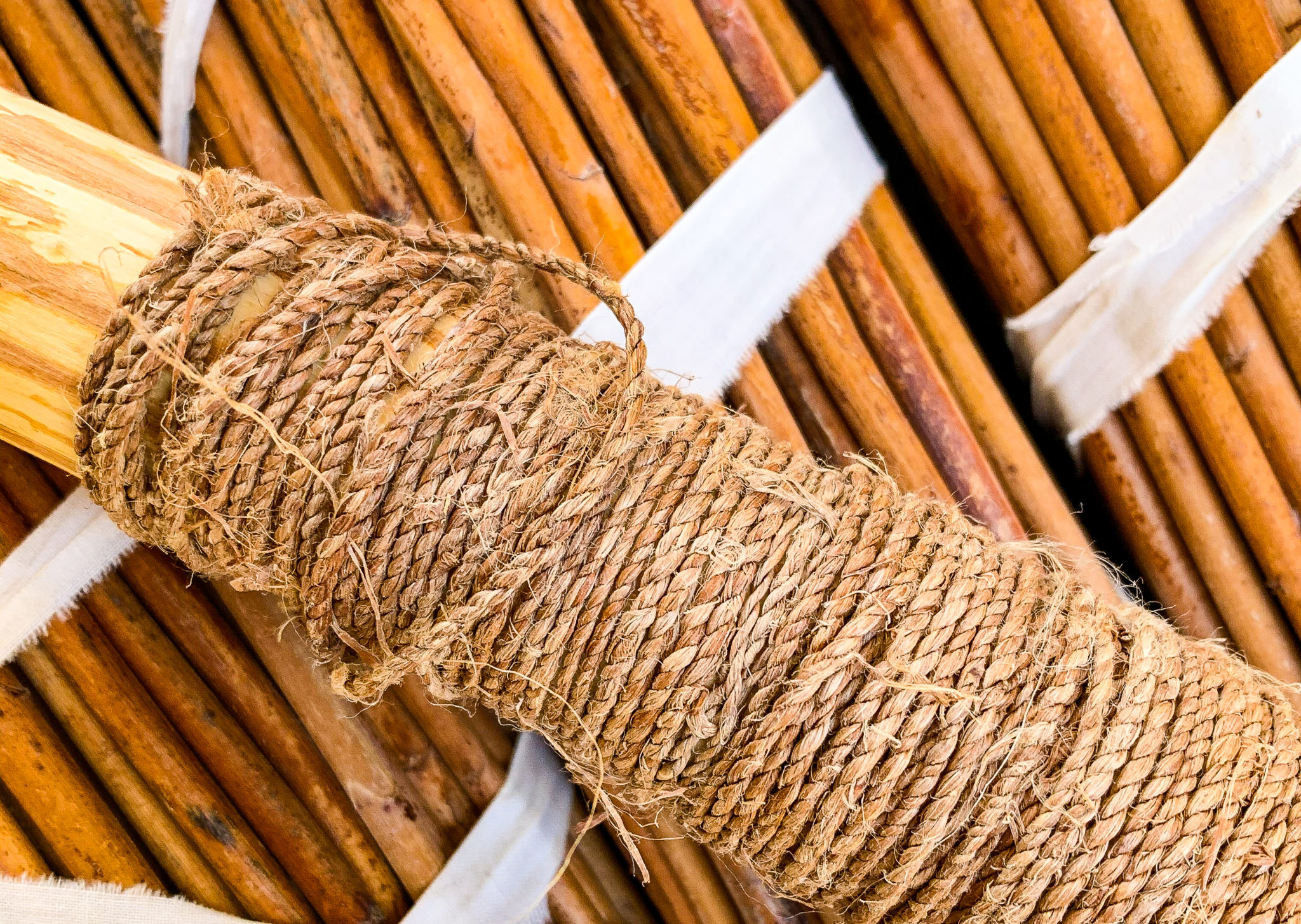
The stands of native plants at Dos Rios Ranch provide the Miwok with a renewable cultural resource – one that can be passed down from generation to generation.
“We had just begun to strategize the possibilities of traditional gathering on NRCS easements when this project was brought to us by River Partners,” says Karl Kraft, NRCS Wildlife Biologist. “We are confident that this will be a model for other partnerships that synergize the value of indigenous stewardship of the land and conservation.”
“That’s what River Partners is offering,” says Austin. “To be able to extend that out to other tribes and be able to teach more people so that the art doesn’t die. It has a chance to survive. That’s huge.”


